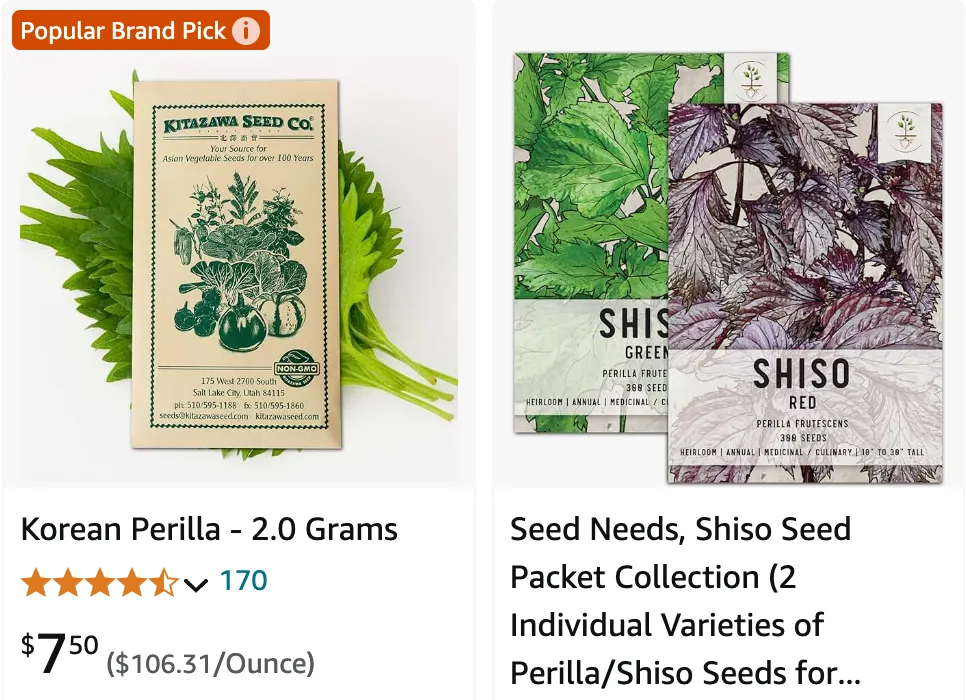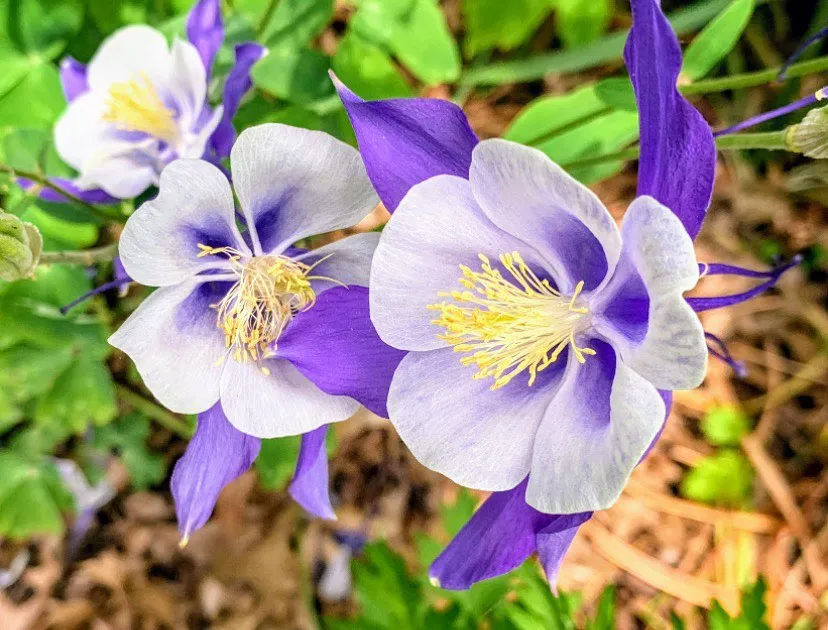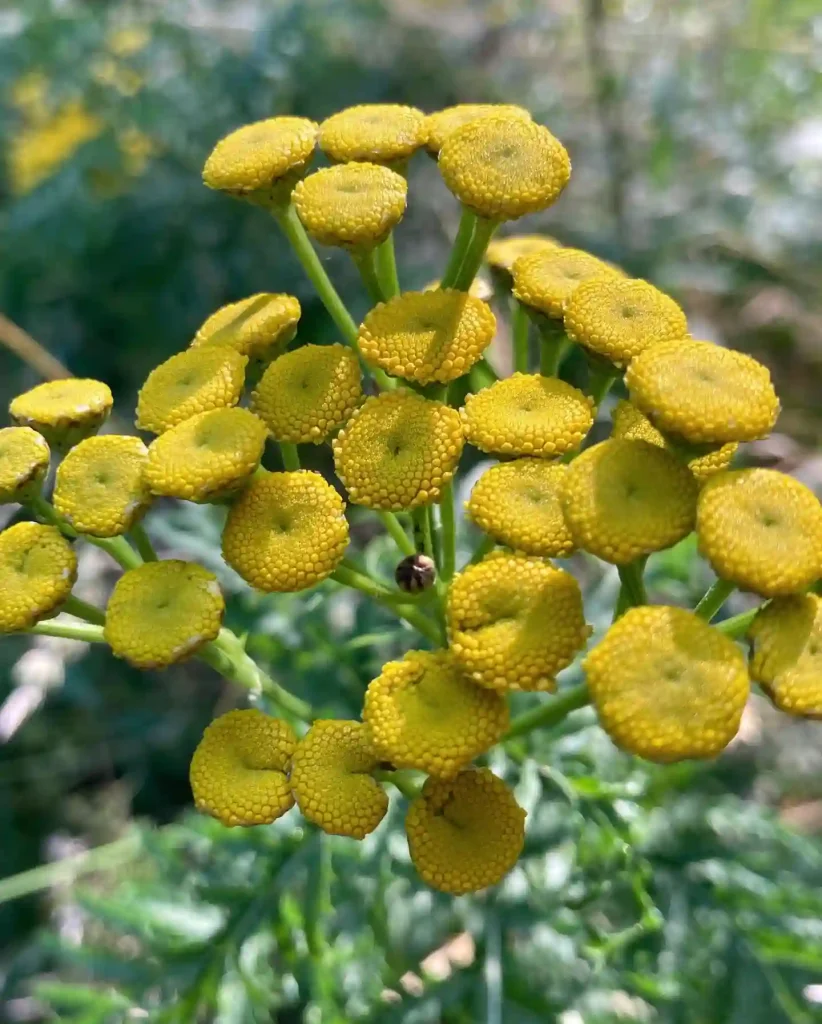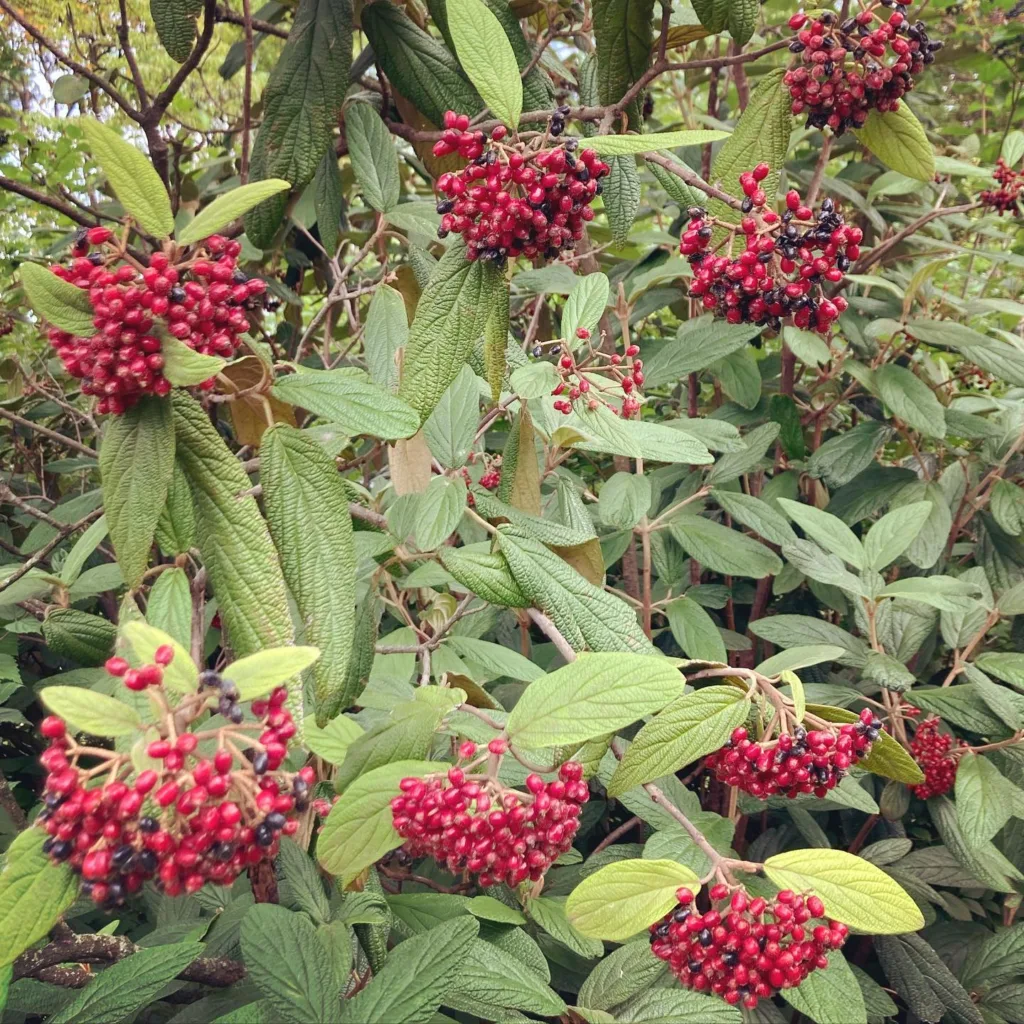
What is Perilla?
The genus Perilla, primarily represented by the species Perilla frutescens, has always fascinated me. This versatile plant, often known as shiso in Japanese cuisine or perilla in English, has a rich cultural, culinary, and medicinal history. In this article, I’ll share my personal experiences and insights into growing, using, and understanding Perilla frutescens.
Perilla frutescens belongs to the Lamiaceae family, which also includes mint, basil, and oregano. This annual herb thrives in warm climates and boasts lush, serrated leaves. Its colors range from vibrant green to deep purple, depending on the cultivar.
What Do Perilla Leaves Taste Like?
Perilla leaves have a distinct, complex flavor that can be described as a blend of mint, basil, and anise with a hint of citrus. The green variety tends to be slightly more bitter and grassy, while the purple variety has a more robust, earthy taste. This unique flavor profile makes Perilla leaves a popular ingredient in many Asian dishes.
What is Perilla Oil?
Perilla oil is extracted from the seeds of the Perilla plant. It is rich in omega-3 fatty acids, particularly alpha-linolenic acid, making it a healthy addition to the diet. Perilla oil is used in cooking, as a salad dressing, and even in traditional medicine for its anti-inflammatory properties.
How to Grow Perilla?
Growing Perilla is relatively easy, whether you’re an experienced gardener or a novice. Here are some tips:
- Climate: Perilla thrives in warm, sunny conditions but can also tolerate partial shade.
- Soil: Use well-drained, fertile soil. Adding compost can enhance growth.
- Planting: Sow the seeds directly in the garden after the last frost, or start them indoors and transplant them once the weather warms up.
- Watering: Keep the soil consistently moist but not waterlogged.
- Spacing: Plant seeds or seedlings about 12 inches apart to allow for proper growth.
How to Care for Perilla?
Caring for Perilla involves regular watering, ensuring good soil drainage, and occasional feeding with a balanced fertilizer. Mulching around the plants can help retain moisture and suppress weeds. Regular pruning encourages bushier growth and prevents the plant from becoming leggy.
How to Use Perilla Leaves?
Perilla leaves can be used in a variety of ways:
- Culinary Uses: They can be eaten raw, used in salads, wrapped around rice and meat, or pickled. They are also a common ingredient in soups and stews.
- Medicinal Uses: Traditionally, Perilla leaves have been used to treat respiratory issues and gastrointestinal problems due to their anti-inflammatory properties.
- Garnish: The leaves can be used as an attractive garnish for various dishes.
How to Harvest Perilla Leaves?
Harvesting Perilla leaves is simple. Once the plant is about 8-12 inches tall, you can start picking the leaves. Use scissors or garden shears to cut the leaves, taking care not to damage the main stem. Regular harvesting encourages more leaf production and keeps the plant healthy.
Are Perilla Leaves Sesame Leaves?
Perilla leaves are often confused with sesame leaves, particularly in Korean cuisine, where they are both used frequently. However, they are different plants. Perilla belongs to the mint family, while sesame belongs to the Pedaliaceae family. The flavor profiles and uses in cooking are also distinct.
Can You Grow Perilla Indoors?
Yes, you can grow Perilla indoors. Here are some tips for indoor cultivation:
- Light: Place the plant in a spot that receives plenty of sunlight, ideally near a south-facing window.
- Containers: Use pots with good drainage to prevent root rot.
- Watering: Keep the soil moist but not soggy.
- Humidity: Maintain a moderate humidity level to mimic its natural environment.
Does Perilla Help with Weight Loss?
Perilla leaves are low in calories and high in fiber, making them a good addition to a weight loss diet. They can help you feel full and satisfied without adding many calories. Additionally, the omega-3 fatty acids in Perilla oil may aid in fat metabolism.
Perilla vs Shiso
Perilla and Shiso are often used interchangeably, but they are different varieties of the same plant. Shiso is the Japanese name for Perilla and typically refers to the green-leafed variety used in Japanese cuisine. The flavor and culinary uses are similar, though the green variety used in Japan is often slightly milder.
Perilla vs Sesame
Perilla and sesame are different plants with distinct characteristics. While Perilla leaves are used for their aromatic properties, sesame plants are primarily grown for their seeds, which are used to make sesame oil and tahini. The leaves of sesame plants are not commonly used in cooking.
Perilla vs Coleus
Perilla and Coleus both belong to the mint family, but they serve different purposes. Perilla is primarily used for culinary and medicinal purposes, while Coleus is grown for its ornamental foliage. Coleus leaves are typically more colorful and variegated, making them popular in decorative gardens.
What to Plant with Perilla?
Perilla pairs well with other herbs and vegetables in the garden. Companion plants include basil, mint, tomatoes, and peppers. These plants enjoy similar growing conditions and can help deter pests when planted together.
Why I’ll Always Grow Perilla frutescens?
For me, Perilla frutescens represents more than just an herb; it’s a bridge between gardening, cooking, and wellness. Its beauty, flavor, and healing properties have enriched my life in countless ways. If you’re considering adding it to your garden, I wholeheartedly recommend it.
This versatile plant will not only thrive but also inspire you, as it has for me. Whether you’re a gardener, chef, or health enthusiast, Perilla frutescens has something unique to offer.
If i die, water my plants!



